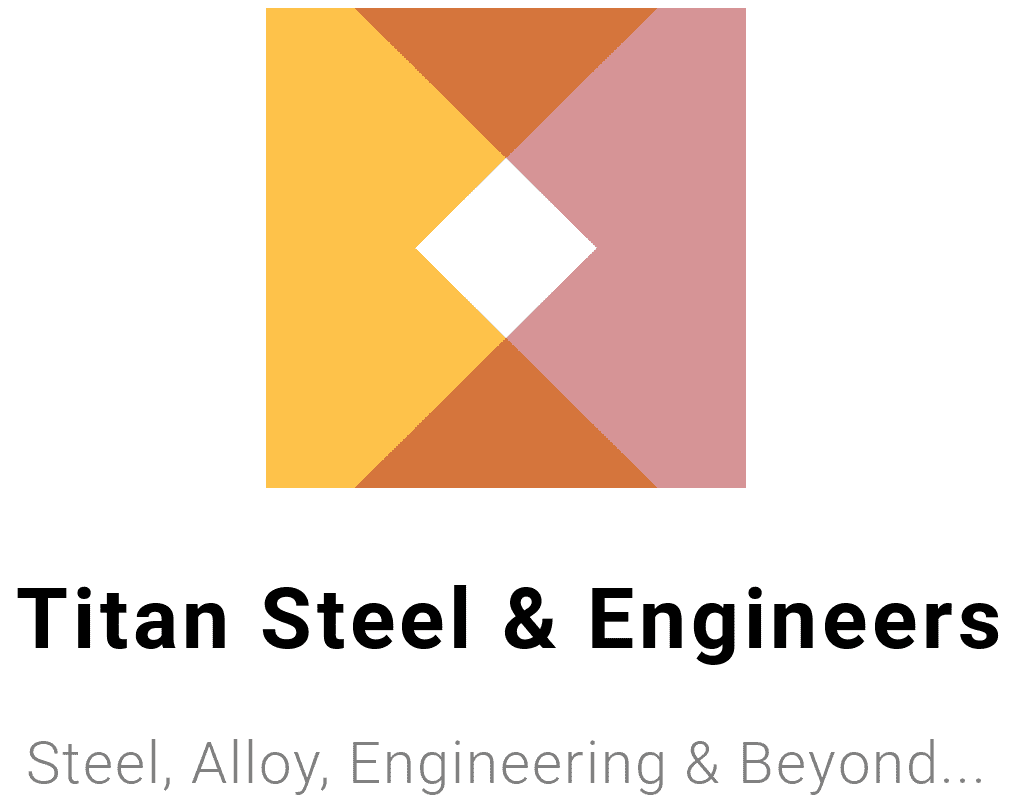ASTM SA-36 Steel: Everything You Need to Know
Steel is a critical component in construction and manufacturing, thanks to its versatility and strength. Among the various grades of steel, ASTM SA-36 stands out as one of the most widely used. But why is it so popular, and what makes it unique compared to other steel types?
If you’re an engineer, manufacturing professional, or construction expert, understanding the nuances of ASTM SA-36 can be vital for your projects. In this blog, we’ll explore its key properties, common applications, advantages and limitations, and provide real-world examples of how this material has been used successfully.
What is ASTM SA-36 Steel?
ASTM SA-36 is a carbon steel grade defined by the American Society for Testing and Materials (ASTM). Known for its high strength, ductility, and weldability, it is a standard material in structural applications. It also adheres to specific guidelines regarding composition, mechanical properties, and dimensional tolerances, ensuring reliability and consistency regardless of the project or manufacturer.
Essentially, ASTM SA-36 steel is a versatile and dependable choice for load-bearing structures and industrial machinery. Its chemical composition and mechanical features make it a go-to material in the engineering and construction sectors.
Key Properties and Composition
Understanding the composition of ASTM SA-36 is fundamental for selecting the right material for your applications.
Chemical Composition
The chemical makeup of ASTM SA-36 steel plays a pivotal role in its performance. Here’s a breakdown of its primary elements:
- Carbon: Maximum of 0.25%. Adds to the steel’s strength and hardness.
- Manganese: Maximum of 0.80–1.20%. Improves wear resistance and toughness.
- Phosphorus and Sulfur: Limited to 0.040% each. Keeps the material free from brittleness.
Mechanical Properties
ASTM SA-36’s impressive mechanical properties contribute to its wide use:
- Tensile Strength: 58,000 to 80,000 psi (400–550 MPa). Offers excellent load-bearing capacity.
- Yield Strength: Minimum of 36,000 psi (250 MPa). Ensures durability and resistance to deformation.
- Elongation: Minimum elongation of 20% allows for flexibility without cracking under stress.
Physical Characteristics
- Density: Approximately 7.85 g/cm³.
- Weldability: Excellent, making it ideal for projects requiring welding.
- Machinability: Capable of being machined easily, saving time in manufacturing.
Applications in Construction and Manufacturing
ASTM SA-36’s versatility and cost-effectiveness make it indispensable across various sectors.
Construction
Steel structures are the backbone of modern construction, and ASTM SA-36 finds itself at the core of this effort. Some typical construction applications include:
- Building Frames: Suitable for steel beams and columns in residential, commercial, and industrial structures.
- Bridges: Used for components such as girders and decking due to its strength and reliability.
- Reinforcements and Supports: Commonly used in concrete or masonry reinforcements.
Manufacturing
With its high ductility and machinability, ASTM SA-36 plays a vital role in machinery manufacturing, including:
- Industrial Equipment: Used to build tanks, containers, and heavy machinery parts.
- Automotive: Often employed for truck frames and parts that demand durability.
- General Fabrication: Works well for making base plates, brackets, and structural supports.
Advantages and Limitations
No material is perfect for every situation, so it’s essential to weigh ASTM SA-36’s benefits against its drawbacks.
Advantages
- Cost-Effective: Widely available and affordably priced, making it ideal for budget-conscious projects.
- Versatility: Capable of being used in various construction and manufacturing scenarios.
- Ease of Fabrication: Weldable and machinable, simplifying the manufacturing process.
- Strength and Durability: Offers substantial tensile and yield strength suitable for structural applications.
Limitations
- Not Suitable for High-Stress Applications: Its tensile strength, while high, may not be enough for ultra-high-stress or extreme environments.
- Exposure to Corrosion Risks: Without surface treatments, ASTM SA-36 steel can corrode under prolonged exposure to moisture or chemicals.
- Limited Design Flexibility: Compared to higher-grade steels, ASTM SA-36 may lack flexibility in cutting-edge engineering applications.
Comparisons to Other Steel Types
How does ASTM SA-36 stack up against alternatives like ASTM A572 or A36?
- ASTM A572: Offers higher tensile strength and is lighter. It is preferred for high-stress applications such as bridges or skyscrapers. However, its higher cost can be a drawback for budget-conscious projects.
- A36 Steel: ASTM SA-36 is closely comparable to A36 steel, with minor differences in properties and applications. Both materials share similar strengths, with SA-36 slightly more cost-effective.
- Stainless Steel Grades: Stainless steel provides superior resistance to corrosion but at a significantly higher price, making SA-36 more practical for many projects.
Case Studies of Successful Uses
Case Study 1: Bridge Construction in Illinois
A rural bridge in Illinois incorporated ASTM SA-36 steel for its beams and supports. The project was completed under budget, and the steel offered consistent performance under daily vehicular stresses.
Case Study 2: Industrial Storage Tanks in Texas
A manufacturing facility in Texas used ASTM SA-36 to build storage tanks for industrial chemicals. Its excellent weldability and structural integrity made it a cost-effective and reliable choice.
Case Study 3: Residential High-Rise Support Frames
An apartment complex in New York utilized ASTM SA-36 as part of a hybrid structural setup, combining concrete and steel. The enhanced ductility and affordability of the steel supported the project’s timeline and budget constraints.
What’s Next in the World of ASTM SA-36?
The future of ASTM SA-36 includes ongoing innovation to maximize its efficiency and sustainability. Increasingly, engineers and manufacturers aim to enhance its corrosion resistance and versatility through advanced coatings.
Additionally, environmentally conscious construction is driving changes across the steel industry. Recycling-focused manufacturing techniques for materials like ASTM SA-36 are contributing to the push for greener construction practices.


